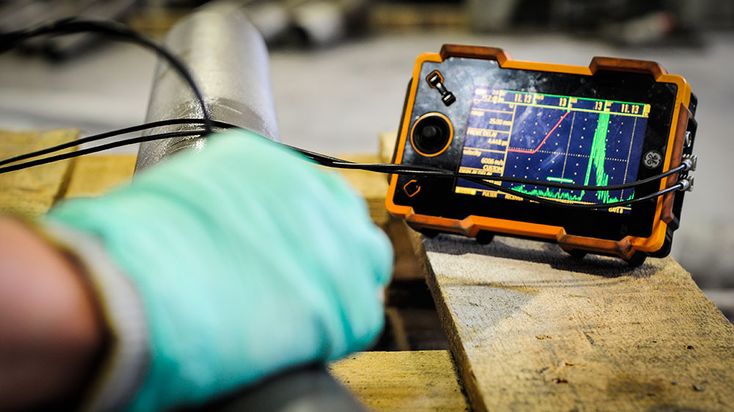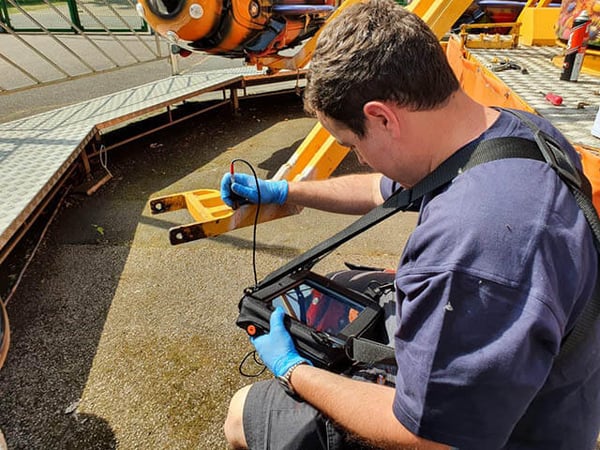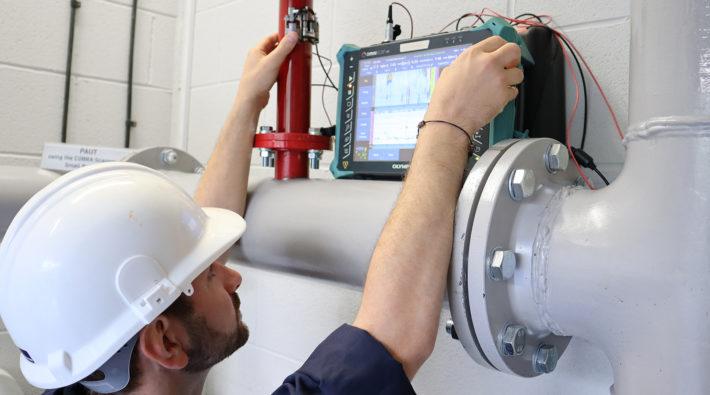In today’s fast-paced technological world, the role of synchronization in drone-based inspection has become more crucial than ever. As industries strive for efficiency and precision, the integration of drones in inspection processes has seen a significant rise. This article explores the complexities and advantages of using synchronized drones for inspection purposes and how this technology is revolutionizing industries.

Understanding Drone-Based Inspection
Drones, also known as Unmanned Aerial Vehicles (UAVs), have transformed the way industries conduct inspections. With their ability to reach inaccessible areas, drones provide real-time data collection, reducing the need for human intervention and minimizing risks. However, the true potential of drone inspections is unlocked through synchronization.
What is Synchronization in Drone Inspections?
Synchronization in the context of drone inspections refers to the coordination of multiple drones working together to achieve a common goal. This process involves the precise timing of drone movements and data collection activities to ensure comprehensive coverage and accurate data analysis.
The Importance of Synchronization
Synchronization is vital in drone inspections for several reasons. Firstly, it allows for the efficient use of resources by coordinating drone activities, reducing redundancy, and ensuring that no area is overlooked. Secondly, it enhances data accuracy by providing synchronized data points that can be easily analyzed and compared.
Improving Inspection Efficiency
Drone synchronization leads to significant improvements in inspection efficiency. By coordinating the flight paths and data collection activities of multiple drones, inspections can be completed in a fraction of the time compared to traditional methods. This not only reduces costs but also minimizes downtime for critical infrastructure.
Challenges in Synchronization
Despite its advantages, achieving effective synchronization in drone inspections presents several challenges. These include technical limitations, such as the need for advanced communication systems and the complexity of coordinating multiple drones in dynamic environments. Additionally, regulatory constraints and the need for skilled operators can also pose challenges.
Overcoming Technical Limitations
To overcome these challenges, industries are investing in advanced technologies such as real-time communication systems and machine learning algorithms. These innovations enable drones to operate more autonomously, making synchronization more achievable and reliable.
Applications of Synchronized Drone Inspections
The applications of synchronized drone inspections are vast and varied, spanning multiple industries. In the energy sector, synchronized drones are used to inspect wind turbines and solar panels, ensuring optimal performance and identifying potential issues before they become critical. The construction industry benefits from synchronized drone inspections by conducting site surveys and monitoring progress with precision.
Case Study: Wind Turbine Inspections
A prime example of the application of synchronized drones is in the inspection of wind turbines. By using multiple drones to inspect different parts of a turbine simultaneously, operators can quickly identify and address maintenance needs, reducing downtime and enhancing efficiency. For more detailed insights on frequency analysis in wind turbine inspections, you can refer to Frequency Analysis in Wind Turbine Inspection.
The Future of Drone Synchronization
The future of drone-based inspection is promising, with advancements in synchronization technology paving the way for more efficient and accurate inspections. As artificial intelligence and machine learning continue to evolve, drones will become even more autonomous, further enhancing their capabilities and applications.
Innovations in Synchronization Technologies
New technologies are emerging that enhance synchronization capabilities, such as quantum synchronization and high-frequency communication systems. These innovations promise to revolutionize the way drones are used for inspections, making them more reliable and efficient. For more information on the latest innovations, visit Innovations in Synchronization Technologies.
FAQs
What are the benefits of synchronized drone inspections?
Synchronized drone inspections offer numerous benefits, including improved efficiency, accuracy, and data quality. They also reduce costs and minimize downtime for critical infrastructure.
What challenges do industries face in implementing synchronized drone inspections?
Industries face several challenges, including technical limitations, regulatory constraints, and the need for skilled operators. Overcoming these challenges requires investment in advanced technologies and training programs.
How can synchronization improve inspection efficiency?
Synchronization improves inspection efficiency by coordinating the activities of multiple drones, reducing redundancy, and ensuring comprehensive coverage. This leads to faster inspections and more accurate data collection.

Conclusion
The role of synchronization in drone-based inspection is pivotal in shaping the future of industrial inspections. By leveraging advanced technologies and overcoming existing challenges, industries can harness the full potential of synchronized drones, leading to safer, more efficient, and cost-effective inspection processes. As we continue to explore the possibilities of drone synchronization, the future looks bright for industries worldwide. For more insights on inspection frequencies, check out Predictive Maintenance Inspection Frequencies.
This article contains affiliate links. We may earn a commission at no extra cost to you.
